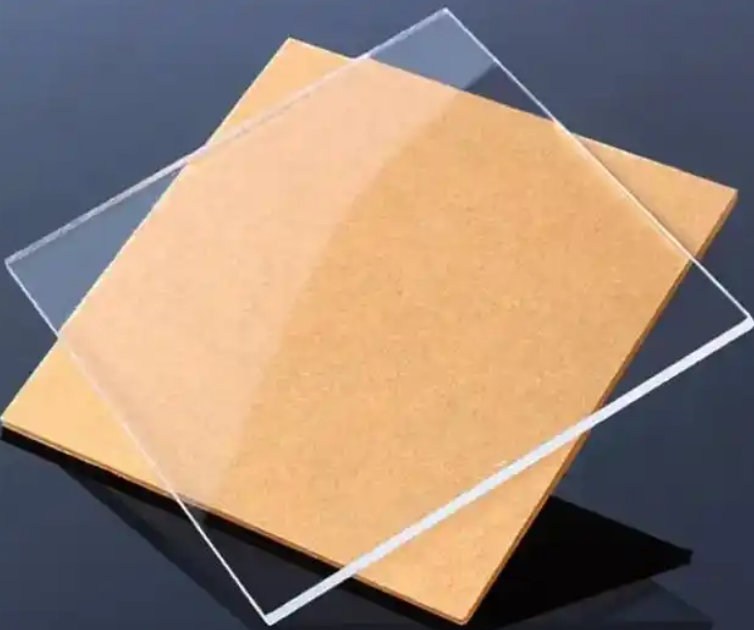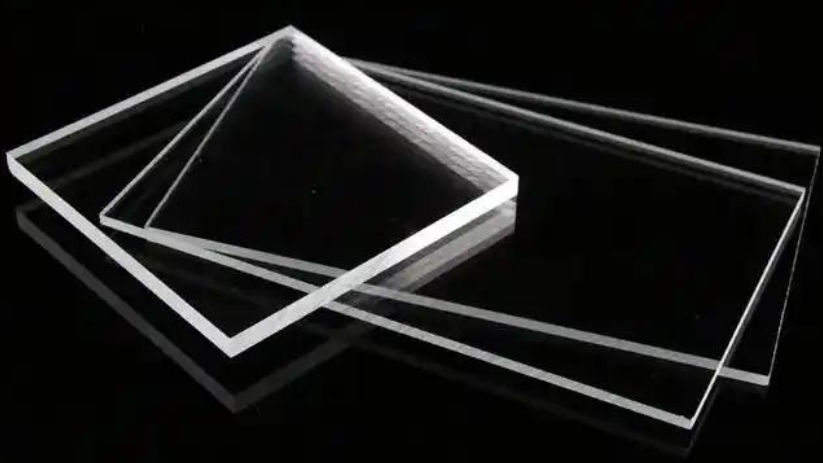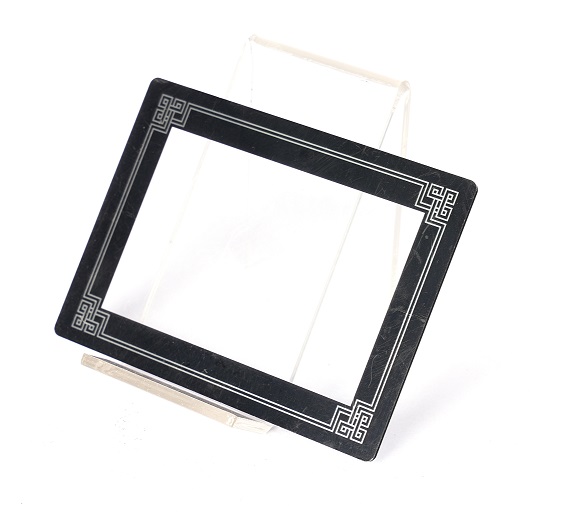
Should You Heat Up Acrylic Sheet to Cut it?
Should You Heat Up Acrylic Sheet to Cut it?
Acrylic sheets are widely used across industries for their strength, clarity, and flexibility. Whether you’re working on DIY projects, signage, or industrial applications, cutting acrylic sheets is a common task. A common question that arises is whether heating acrylic is a good option for cutting. Understanding the properties of acrylic and the right cutting techniques helps achieve clean results without damage. In this blog, we’ll explore whether heating acrylic sheets is an effective approach, along with insights into the best cutting methods and their role in membrane switches.
What Is Acrylic Sheet?
Acrylic sheets are a type of plastic known for their transparency, lightweight properties, and durability. Made from polymethyl methacrylate (PMMA), they are used as a glass alternative in various applications. Acrylic sheets are valued for their impact resistance, making them a safer option compared to traditional glass. Their optical clarity is another key benefit, offering excellent light transmission without distortion.
Due to their versatility, acrylic sheets find use in a range of industries, including construction, interior design, automotive, and electronics. They are easy to cut, shape, and install, which contributes to their popularity in both commercial and personal projects. With proper handling, acrylic sheets can maintain their aesthetic appeal and functionality for years.

Is Acrylic the Same as Plexiglass?
Acrylic and plexiglass often cause confusion, as they are used interchangeably. Plexiglass is a trademarked brand name for acrylic sheets, much like how many people use “Kleenex” to refer to tissues. Both materials have identical chemical compositions, being derived from PMMA.
While some minor differences may exist in manufacturing processes or proprietary formulas, the general properties remain the same. They offer clarity, strength, and weather resistance. Whether labeled as acrylic or plexiglass, the material provides the same benefits across various applications.
In choosing between acrylic and plexiglass, the decision often comes down to branding and availability. Regardless of the name, they perform equally well in projects that require durability and transparency.
Can You Cut Acrylic with Heat?
Cutting acrylic with heat is possible, but it comes with challenges. When exposed to heat, acrylic softens, which can make it easier to manipulate. Specialized tools, such as hot knives or laser cutters, can be used to cut through acrylic by applying heat in a controlled manner. However, heating acrylic without proper control may lead to uneven edges, warping, or discoloration.
One of the risks of using heat is the possibility of overheating, which can cause the acrylic to bubble or release fumes. This can affect the final appearance of the cut and reduce the material’s overall strength. While heat can be useful for shaping acrylic, mechanical methods are often preferred for cutting to achieve precise and clean edges.
For those considering heat-based cutting, using the right temperature and steady hand movements are crucial. Otherwise, mechanical tools such as saws or routers remain more reliable options for achieving accurate results.

What Happens When Acrylic Is Heated?
When acrylic is heated, it undergoes a phase change from a rigid state to a flexible form. This property allows it to be bent, shaped, or thermoformed into different designs. Heating at moderate temperatures softens the material without causing significant damage. However, prolonged exposure to high temperatures can lead to melting or distortion.
Acrylic typically softens at temperatures above 160°C (320°F). If the heat continues to rise, the material may release gases and develop a yellowish tint. Controlled heating processes, such as those used in forming applications, help retain the sheet’s clarity and strength.
Rapid heating, on the other hand, can result in cracks or bubbles, which can weaken the material. For tasks such as bending, it’s best to use gradual heating with tools designed for acrylic processing. When cooling, acrylic hardens back to its original state while maintaining the new shape.
What Is the Best Way to Cut an Acrylic Sheet?
Choosing the best cutting method depends on the sheet’s thickness and the level of precision needed. Acrylic sheets can be cut using various tools, each offering different benefits. Some of the most effective methods include:
1. Scoring and Snapping:
For thin acrylic sheets, scoring and snapping is an effective technique. A utility knife is used to create a deep line along the desired cut. Applying gentle pressure allows the sheet to break cleanly along the scored line. This method is simple, requires minimal tools, and is ideal for straight cuts.
2. Circular Saw:
A circular saw fitted with a fine-toothed blade provides accurate and clean cuts, especially for thicker sheets. It’s important to use slow speeds to avoid melting and chipping. Supporting the sheet properly during cutting helps prevent vibrations that could affect the accuracy.
3. Jigsaw:
Jigsaws are versatile for cutting acrylic sheets with curved designs or intricate patterns. Using a fine blade and steady movements can result in smooth edges. Careful handling prevents cracks, making jigsaws a preferred choice for customized projects.
4. Laser Cutting:
For precision cutting, laser cutters offer the highest accuracy. They use focused heat to melt through the acrylic, creating polished edges without further finishing. This method is ideal for complex designs and industrial applications.
5. Router:
Routers equipped with acrylic-specific bits provide clean and smooth cuts. They are commonly used in professional settings where high accuracy is required.
Each cutting method has its benefits, but for most DIY and industrial applications, mechanical tools such as saws and routers provide reliable results without the risks associated with heat.
What Role Does Acrylic Sheet Play in Membrane Switches?
Membrane switches are used in various electronic devices, offering a user-friendly interface for controlling functions. Acrylic sheets play an essential role in these switches, primarily as protective overlays. Acrylic overlays protect the internal components from dust, moisture, and physical damage while maintaining the visual clarity needed for graphics and labels. The scratch-resistant properties of acrylic ensure the switches retain their professional appearance even after repeated use.

Additionally, acrylic sheets provide a smooth surface that improves the tactile response of membrane switches. Their ability to resist environmental factors like UV exposure and temperature fluctuations makes them ideal for both indoor and outdoor applications.
FAQs
1. Can acrylic sheets be cut without professional tools?
Yes, scoring and snapping is a simple method for cutting thin acrylic sheets without special tools.
2. What is the best blade for cutting acrylic sheets?
A fine-toothed carbide blade is ideal for achieving smooth and clean cuts.
3. Is acrylic safe for food-related applications?
Yes, food-grade acrylic is available and used for display cases and storage containers.
4. Can acrylic sheets break easily?
Acrylic is impact-resistant but can crack under excessive force or improper cutting.
5. Do laser cutters produce a polished edge on acrylic sheets?
Yes, laser cutters provide precise cuts with smooth, polished edges without the need for further finishing.

Know the Difference between Tactile and Non-Tactile Membrane Switching
When selecting the appropriate interface for a product, it can be wise to understand the differences between tactile and non-tactile membrane switches so that the engineer and the purchaser make a better decision. They are both very common in medical equipment, domestic appliances, and industrial equipment, though they do not present the same user experience. ...

Step-by-Step Guide to Selecting the Right Membrane Switch for Your Product
It is not easy to choose the appropriate interface for an electronic device with the number of various types of membrane switches. This is a basic, stepwise analysis to help product designers and manufacturers select the optimal choice. Step 1: Determine your Application Requirements Begin by making a list of locations where switches are used, ...

Top Membrane Switches for Home Electronics Projects in 2025
You can elevate your home electronic membrane switch project in 2025 with standout models such as the 4×4 Matrix 12 Keys Keypad from SOUSHINE, the rgb-enabled strip switches from Molex, and custom graphic switches by Panasonic. These switches offer slim profiles and reliable performance, making them easy to integrate into your DIY setup. You gain ...
Contact us online